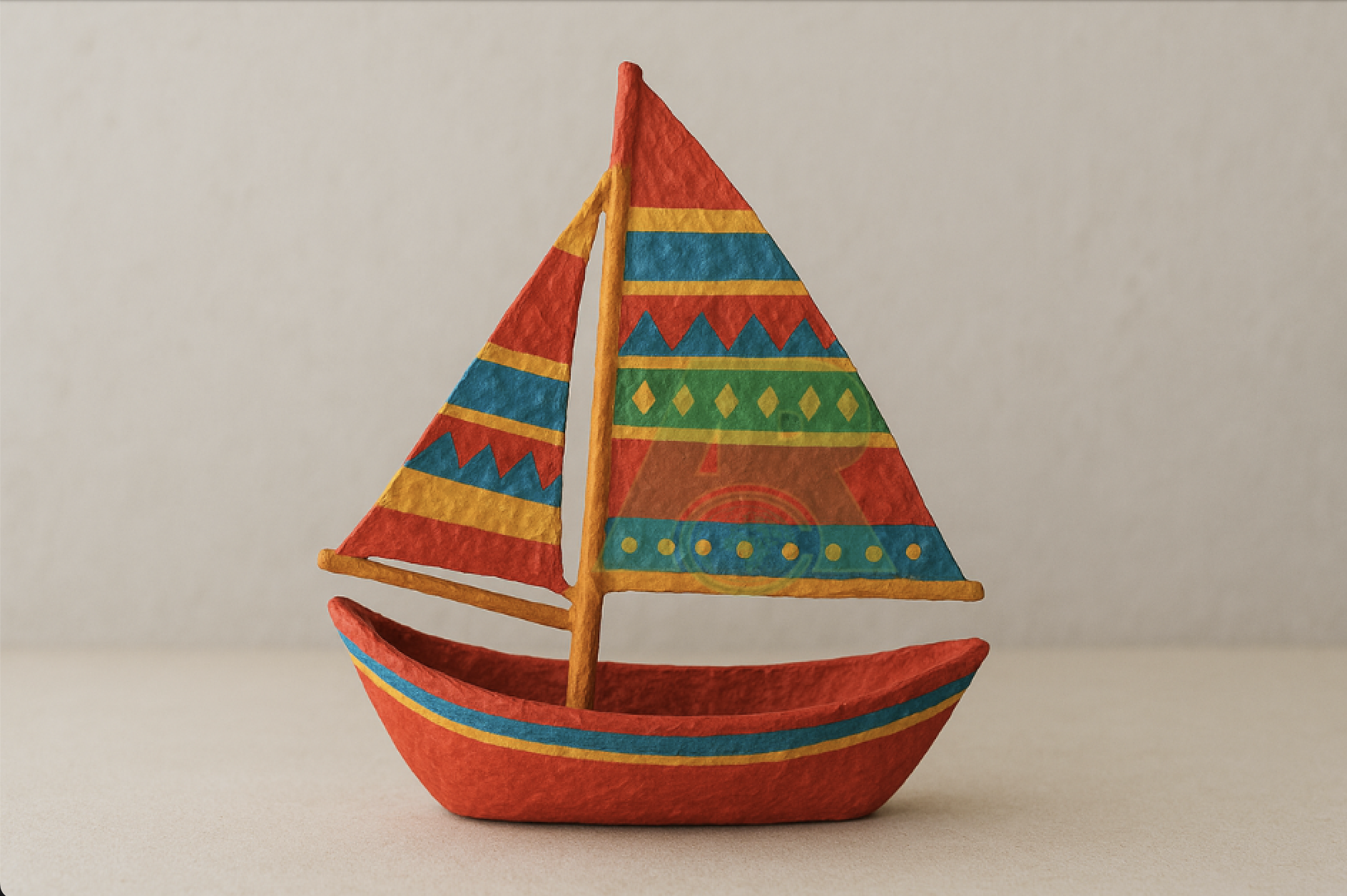Buwan ng Wika: Honoring Heritage Through Philippine Made Crafts

Every August, the Philippines celebrates Buwan ng Wika (Language Month), a time to honor the Filipino language and its role in shaping national identity. But beyond language, this celebration also calls us to reflect on the wider cultural heritage that language carries: our traditions, values, and artistry. One of the most meaningful expressions of this heritage can be found in our Philippine-made crafts—woven baskets, handwoven bayong, abaca boxes, rattan containers, paper-mâché artworks, and especially the colorful vinta, a sailboat from Mindanao recreated in vibrant craft forms.
Handmade Crafts as Carriers of Identity
Indigenous crafts are more than just objects of daily use. Each piece embodies the stories of our ancestors, the spirit of community, and the intimate relationship between Filipinos and their environment.
- The banig (woven mat) of Samar is not only for sleeping but a symbol of rest, family, and gathering.
- The rattan baskets of the Cordillera are designed to carry harvests, representing both survival and unity.
- The abaca and pandan boxes of Bicol and Mindoro are prized for their durability and elegance, reflecting the ingenuity of local artisans.
- The bayong, once a staple of local markets, now returns as an eco-friendly alternative to plastic, embodying both tradition and sustainability.
- And the vinta, with its multicolored sail, becomes a moving emblem of Mindanao’s rich maritime culture—when recreated in paper-mâché, it transforms into a lasting piece of folk art that can be proudly displayed, reminding us of both our seafaring heritage and our artistic creativity.
These items, while practical or decorative, also reflect a philosophy of life deeply rooted in simplicity, resourcefulness, and respect for nature—values passed down through generations.
The Connection Between Language and Crafts
Language and culture are inseparable. While our national language unites us in words, our crafts unify us through tangible symbols of ethnicity and tradition. Just as Filipinos are enriched by regional languages, our handicrafts also mirror diversity: woven differently in Luzon, Visayas, and Mindanao, yet bound by the same Filipino identity.
The vinta paper-mâché, for instance, does not merely serve as decoration. It tells the story of the Sama-Bajau and Tausug communities of Mindanao who built these colorful boats to navigate the seas. In celebrating it alongside baskets, bayong, and boxes, we see how crafts like language carry the collective identity of our people.
Preserving Ethnicity in a Globalized World
Today, globalization and mass production threaten to overshadow traditional Filipino crafts. Plastic bags replace woven bayong, factory-made boxes push aside abaca containers, and modern lifestyles leave little room for indigenous items. Likewise, foreign inspired crafts often compete with authentic folk art like the vinta.
When these practices vanish, so do the stories, artistry, and ethnicity they embody. To preserve our heritage, we must see these crafts not as outdated, but as timeless cultural treasures. Integrating them into modern living—whether as eco-friendly alternatives, fashionable accessories, or cultural décor—keeps them relevant while honoring their origins.
A Call to the Youth
The younger generation holds the key to cultural preservation. Just as Buwan ng Wika encourages them to speak and love the Filipino language, it must also inspire them to take pride in Filipino made products and folk art.
Learning to weave a basket, carrying a bayong to the market, or even creating a vinta paper-mâché in school projects not only sustains traditions but also nurtures a sense of pride in our identity. Through such acts, the youth can keep both language and culture alive.
Buwan ng Wika Beyond Words
Buwan ng Wika is more than a celebration of language—it is a celebration of identity, heritage and pride. Preserving our native crafts such as baskets, boxes, woven bags, and the colorful vinta paper-mâché is a vital part of this mission. By valuing these creations, we affirm that our culture is not just something to remember, but something to live by and carry forward.
In every word we speak and in every craft we cherish, we are reminded that being Filipino is not just about where we come from—it is about what we choose to preserve and pass on to the generations ahead.
#AnRcraftPhilsInc #Crafts #PhilippineCrafts #PaperMache #Handmade
